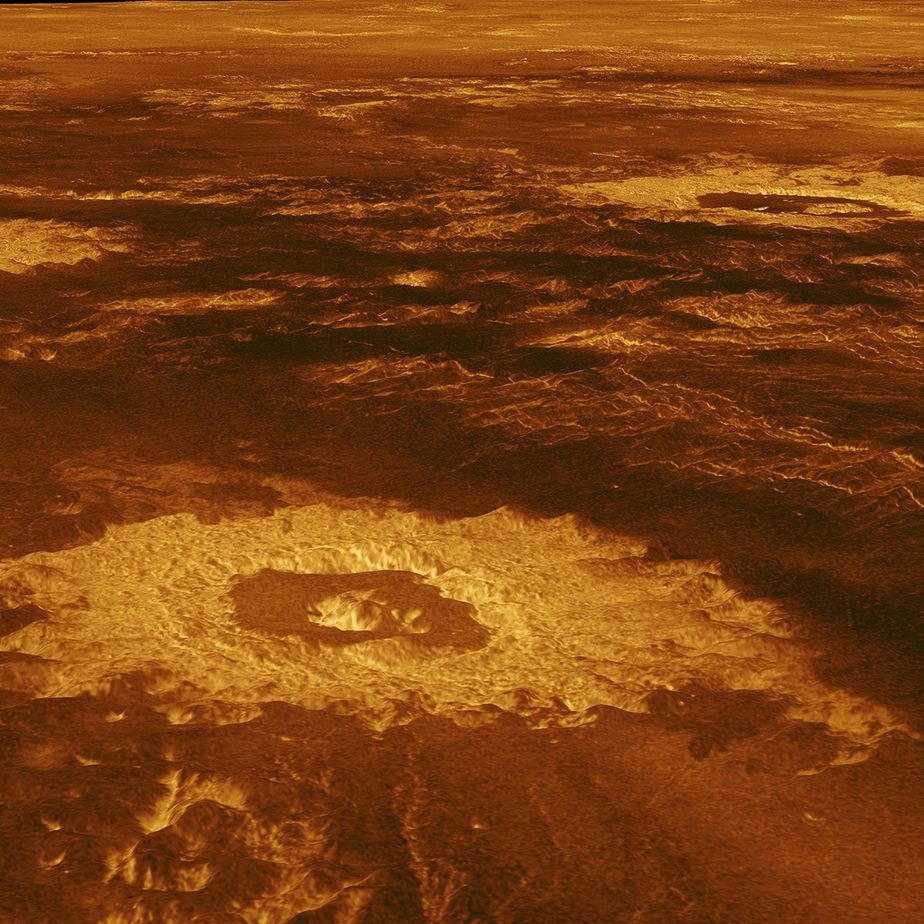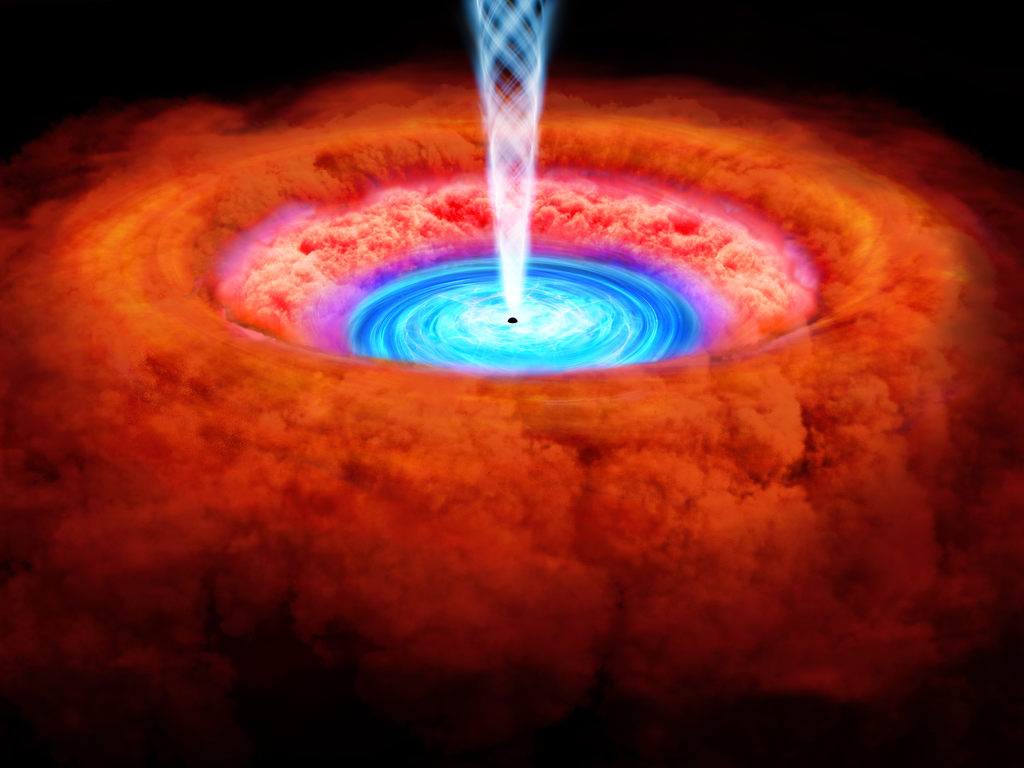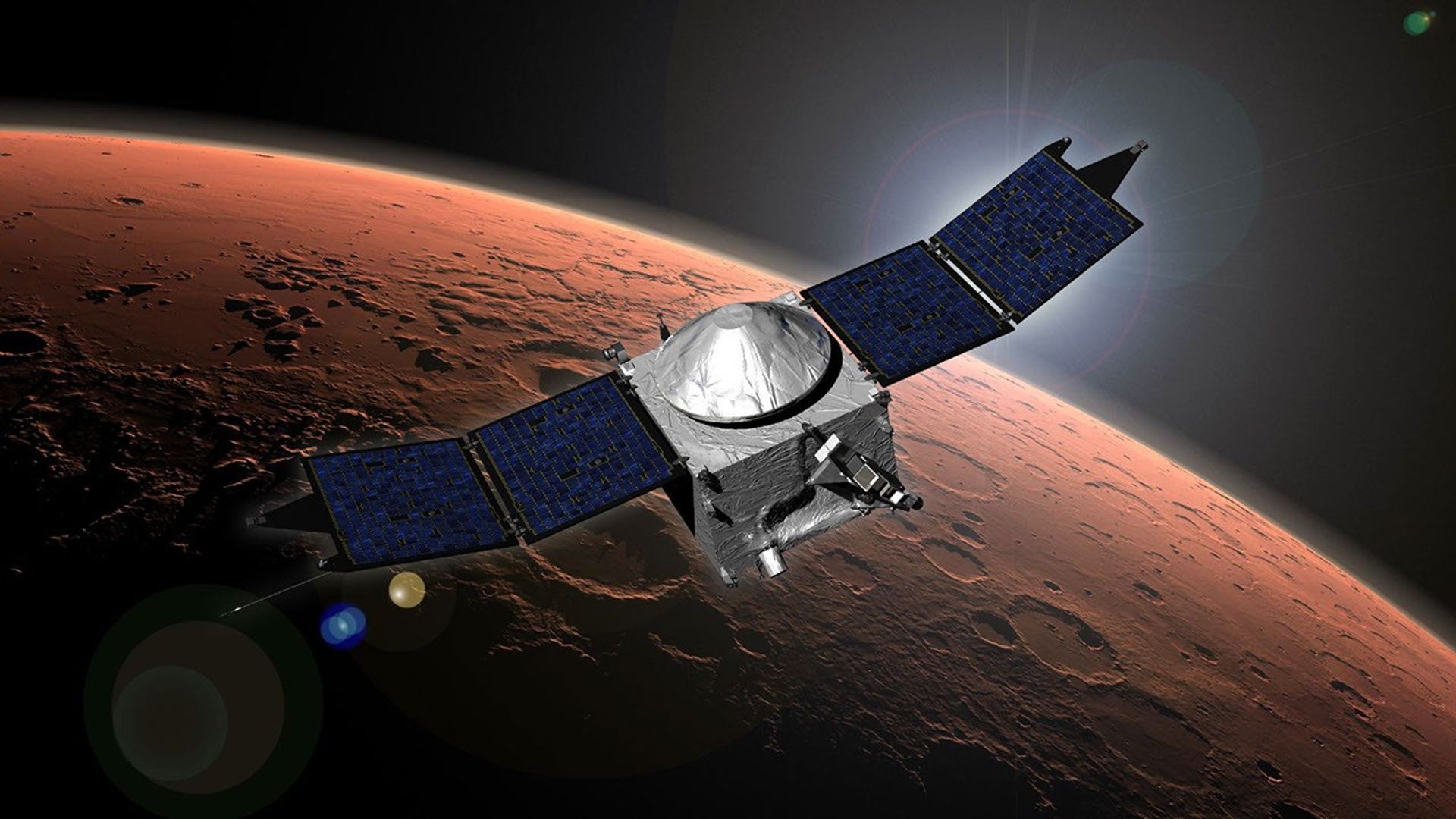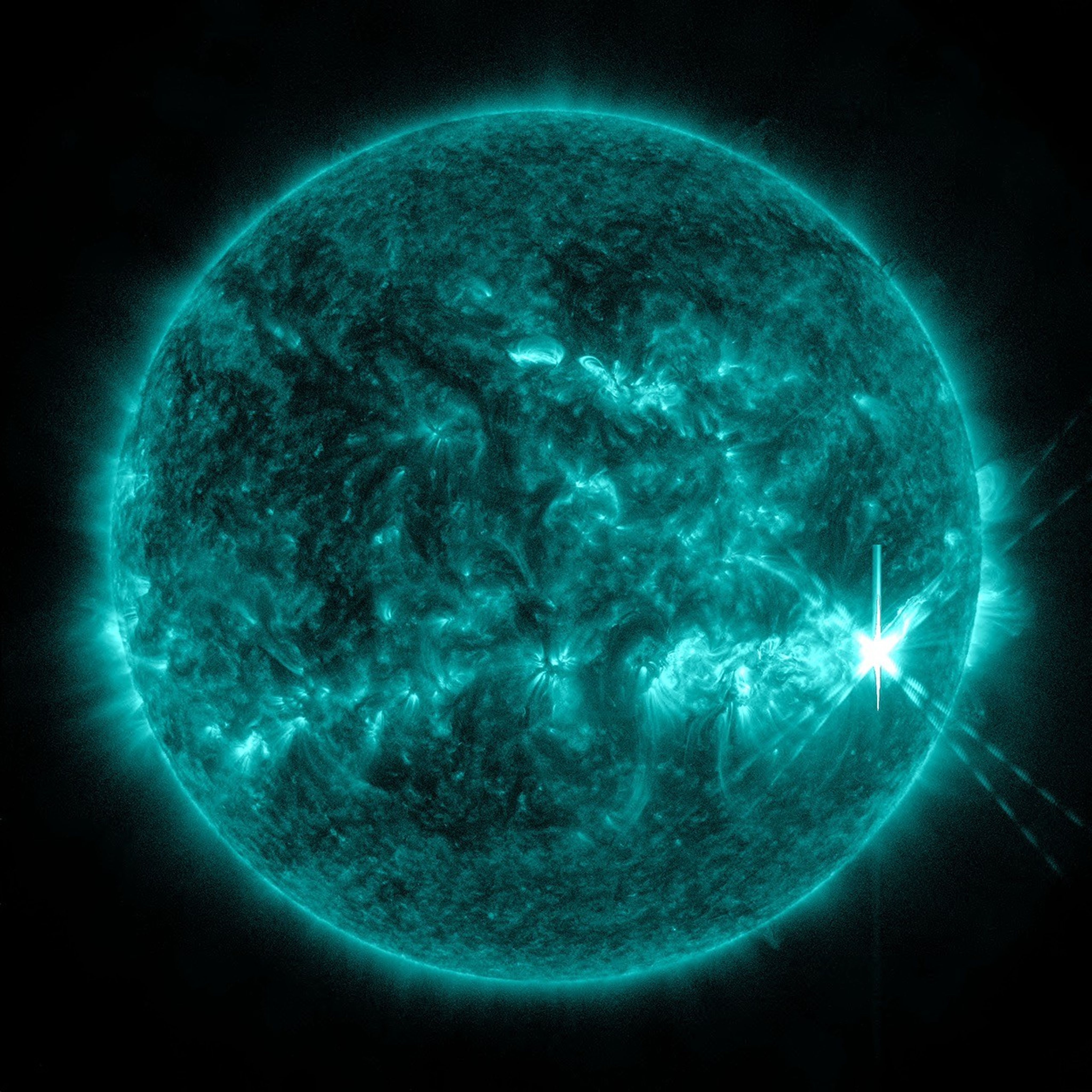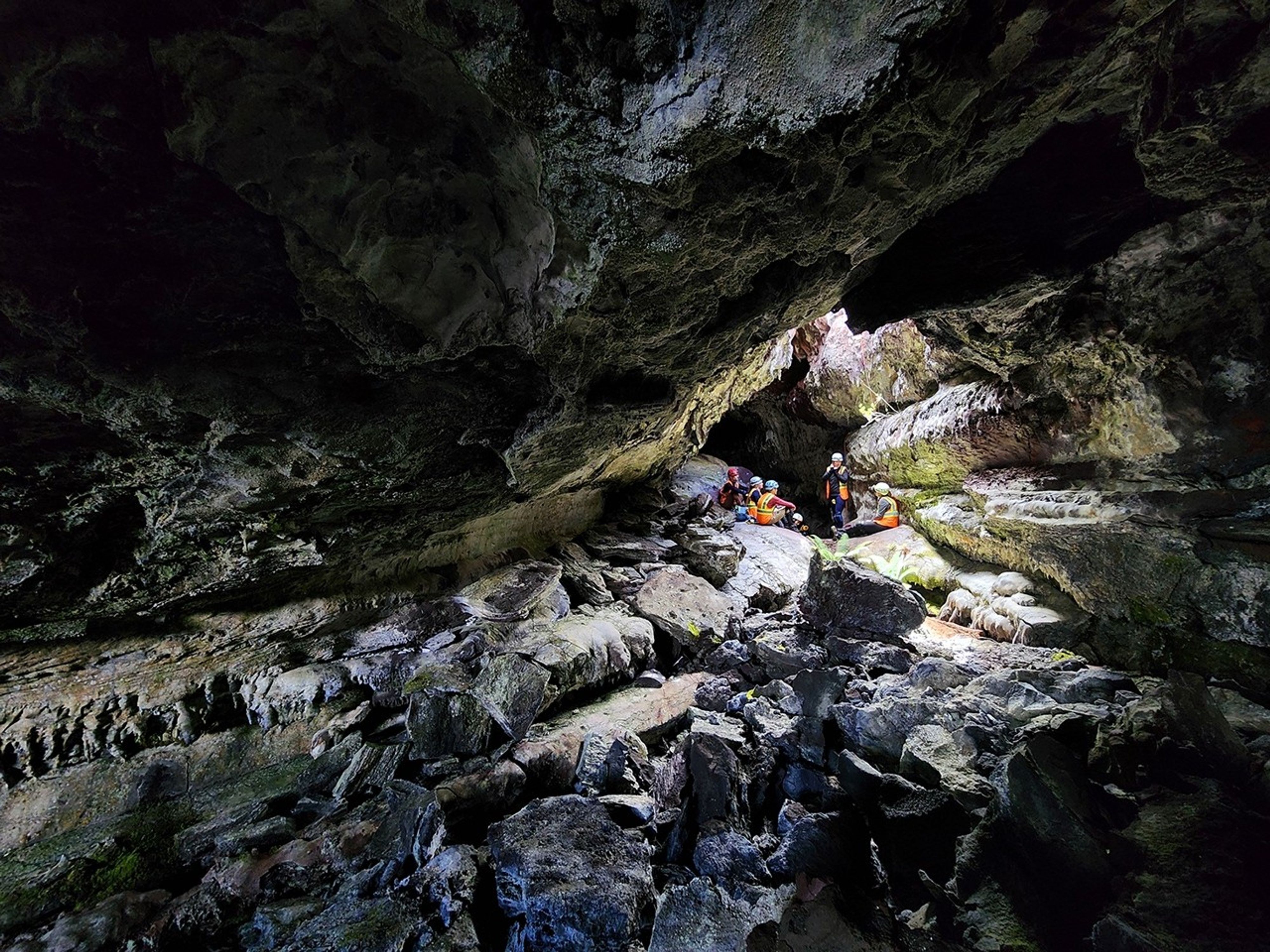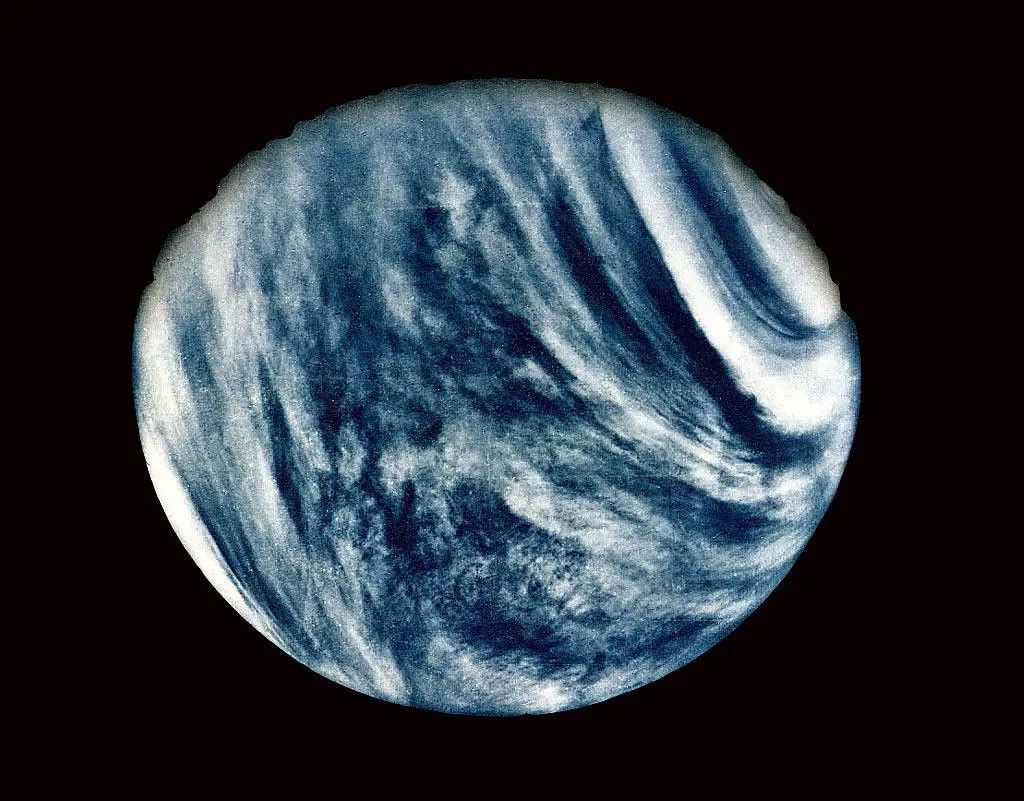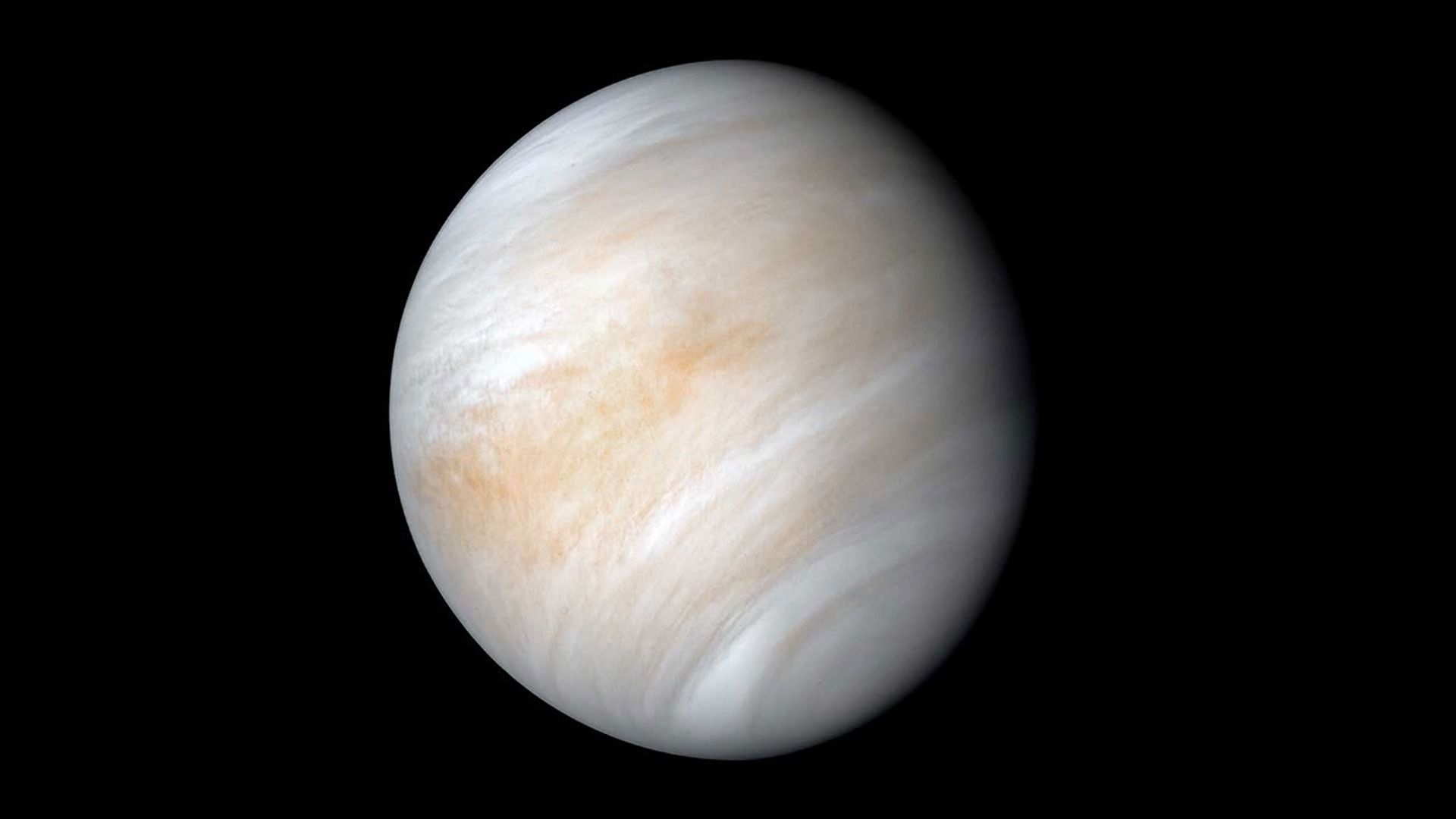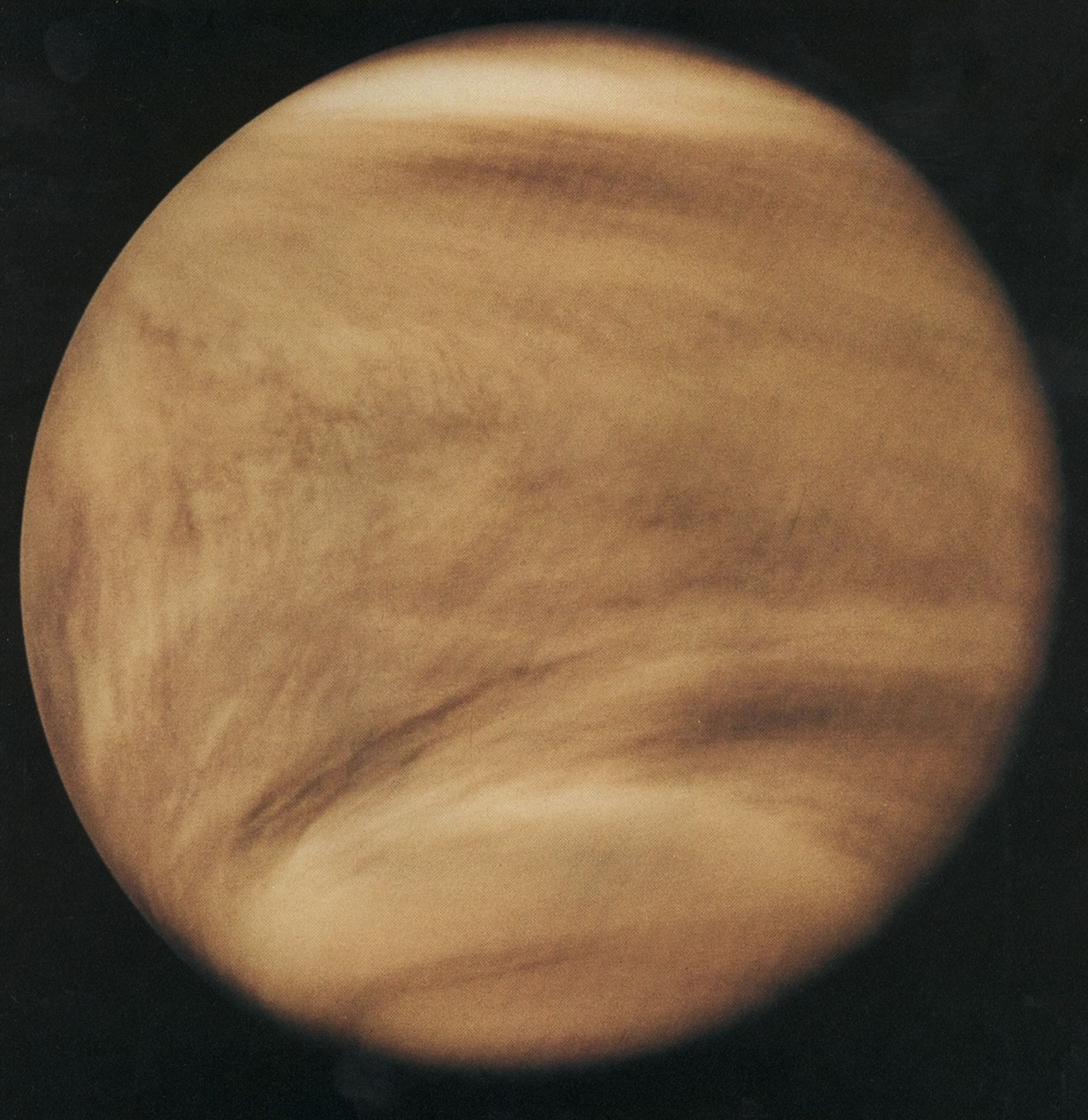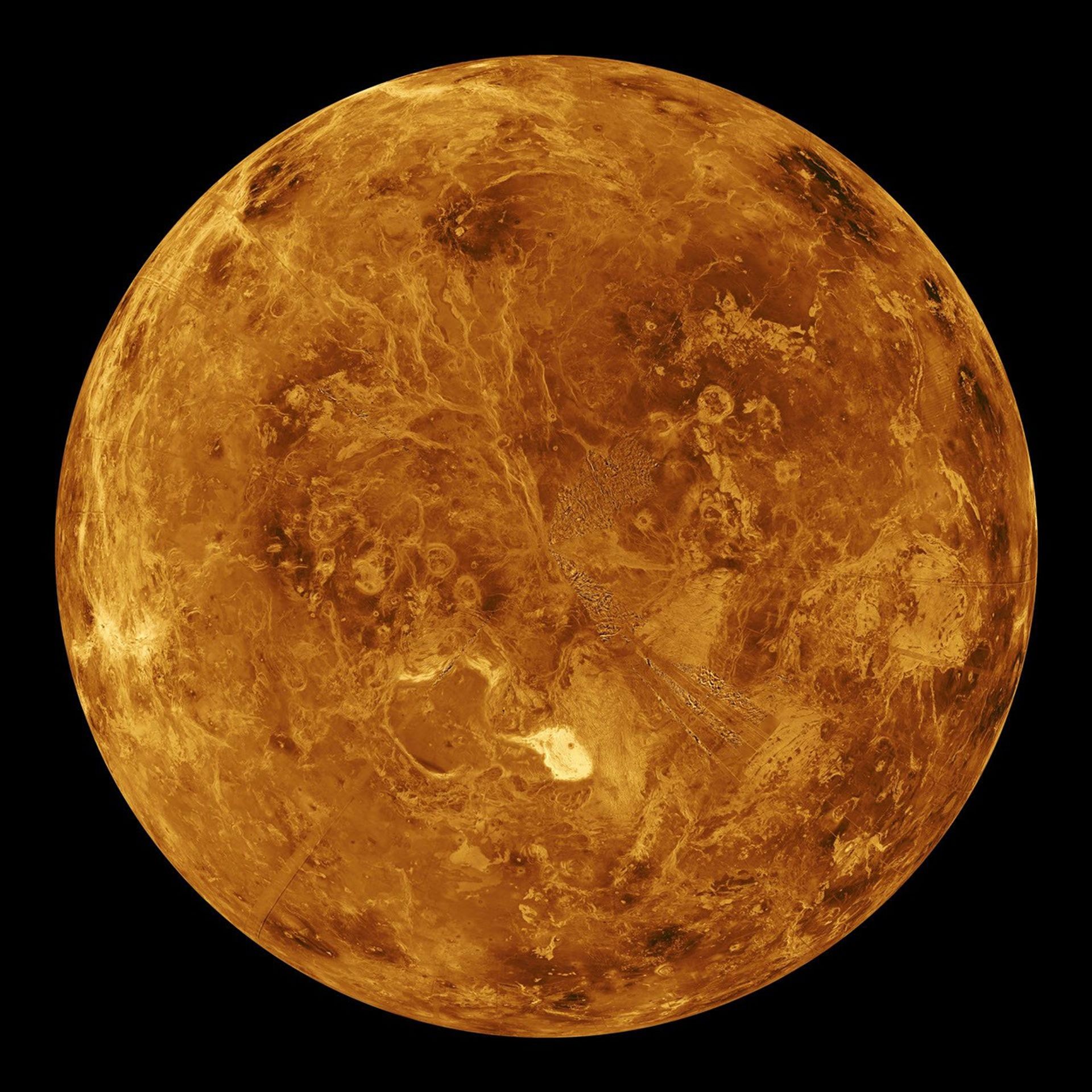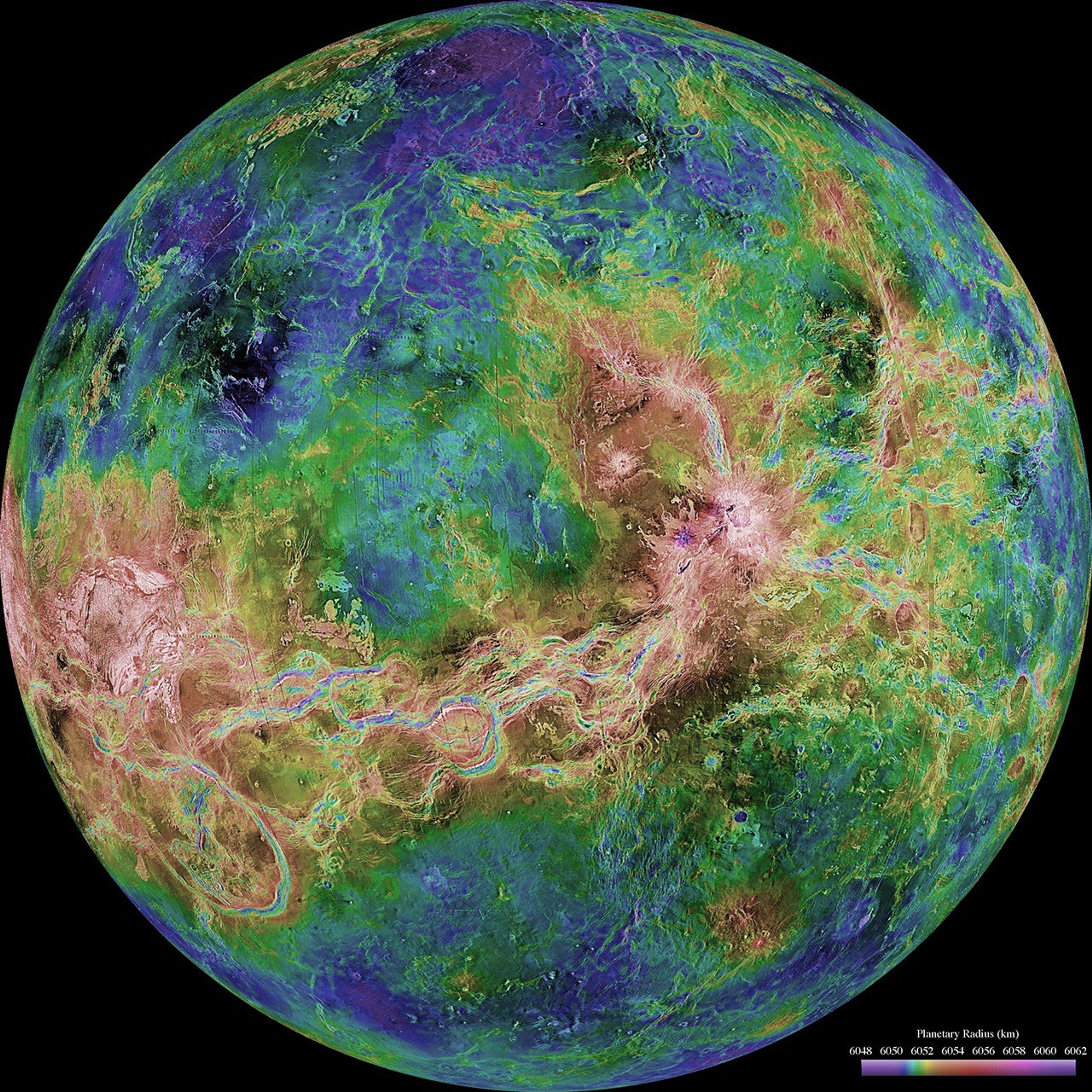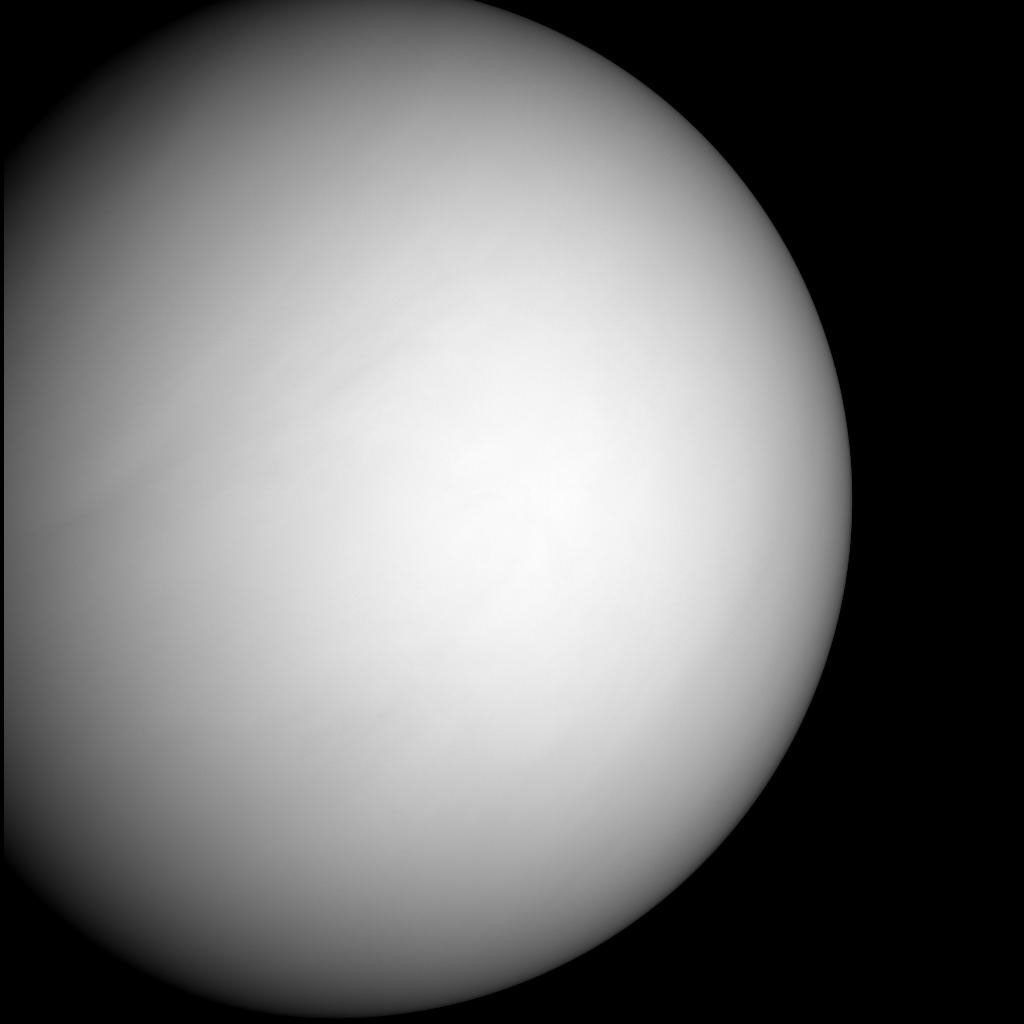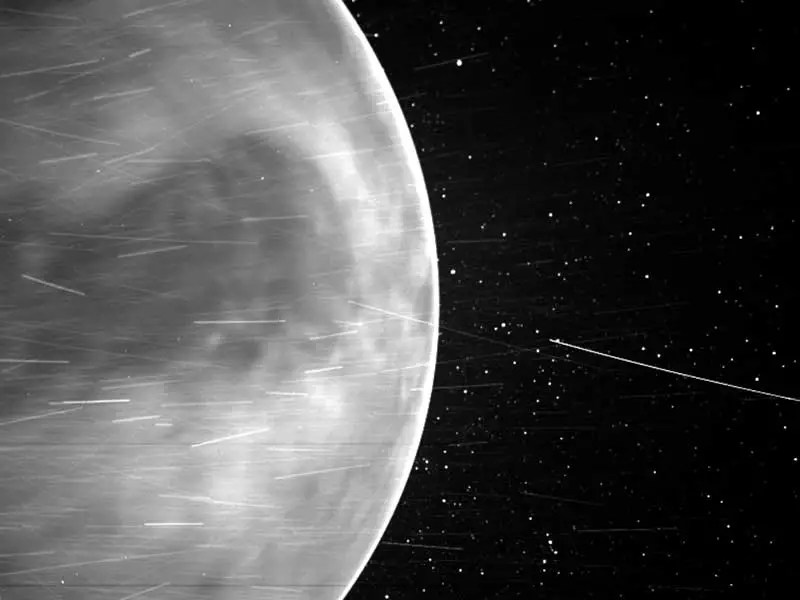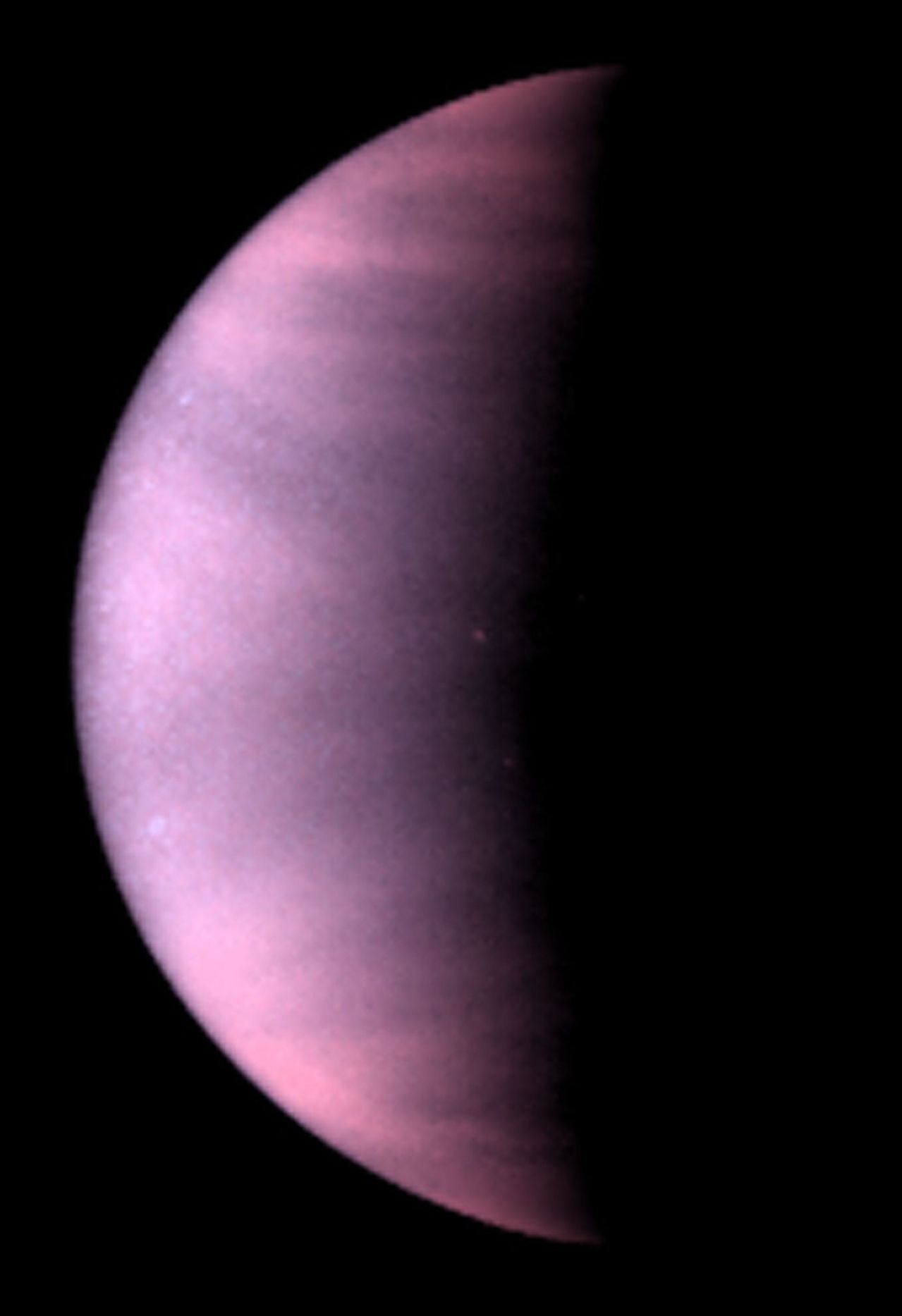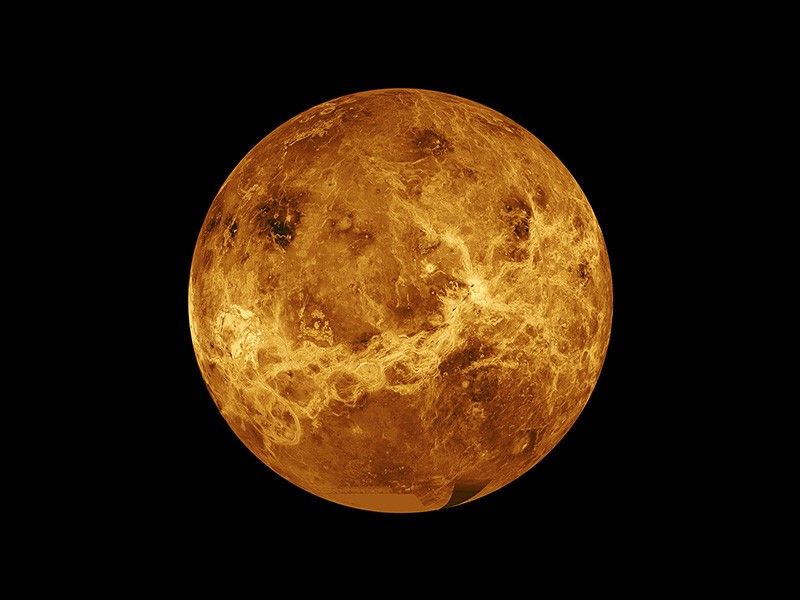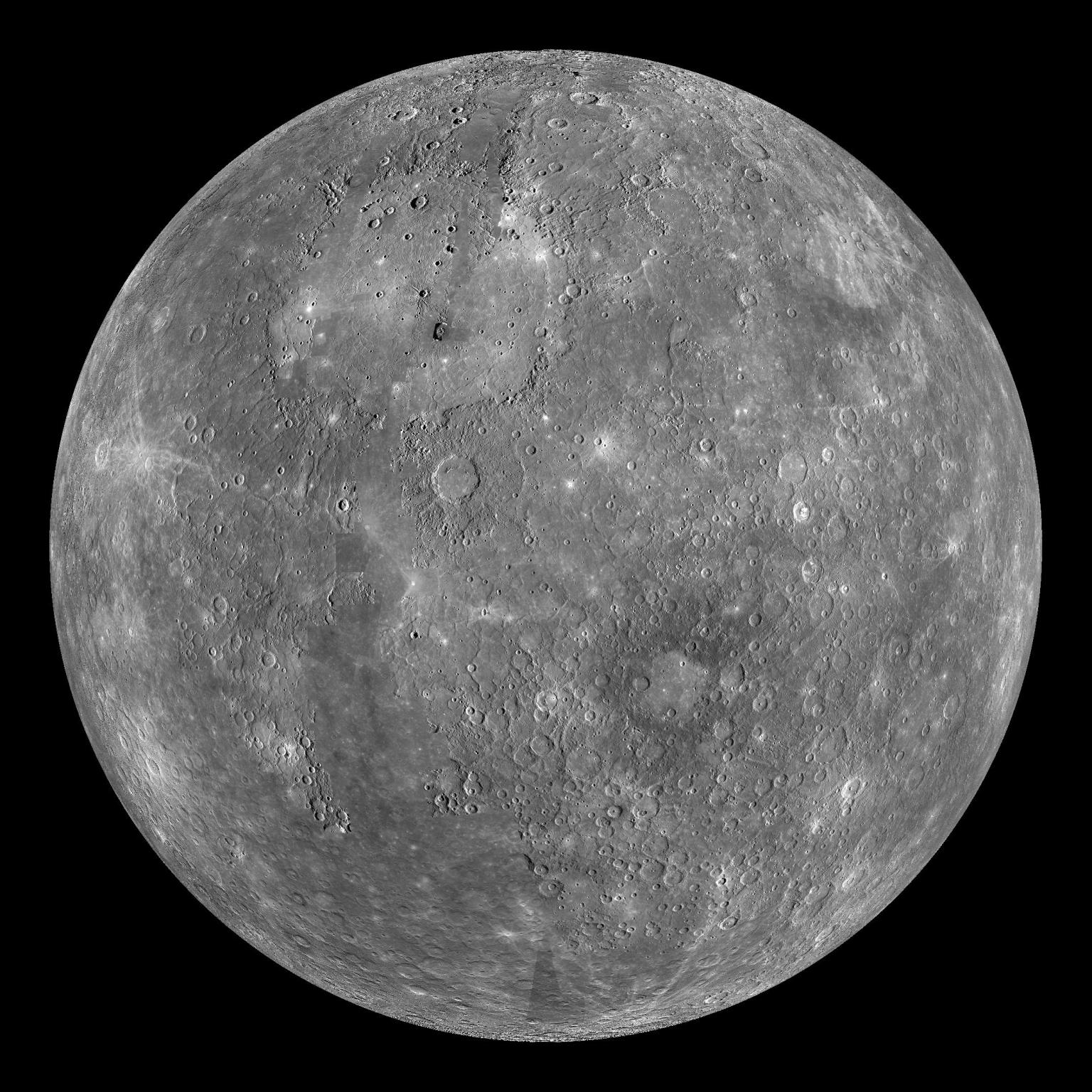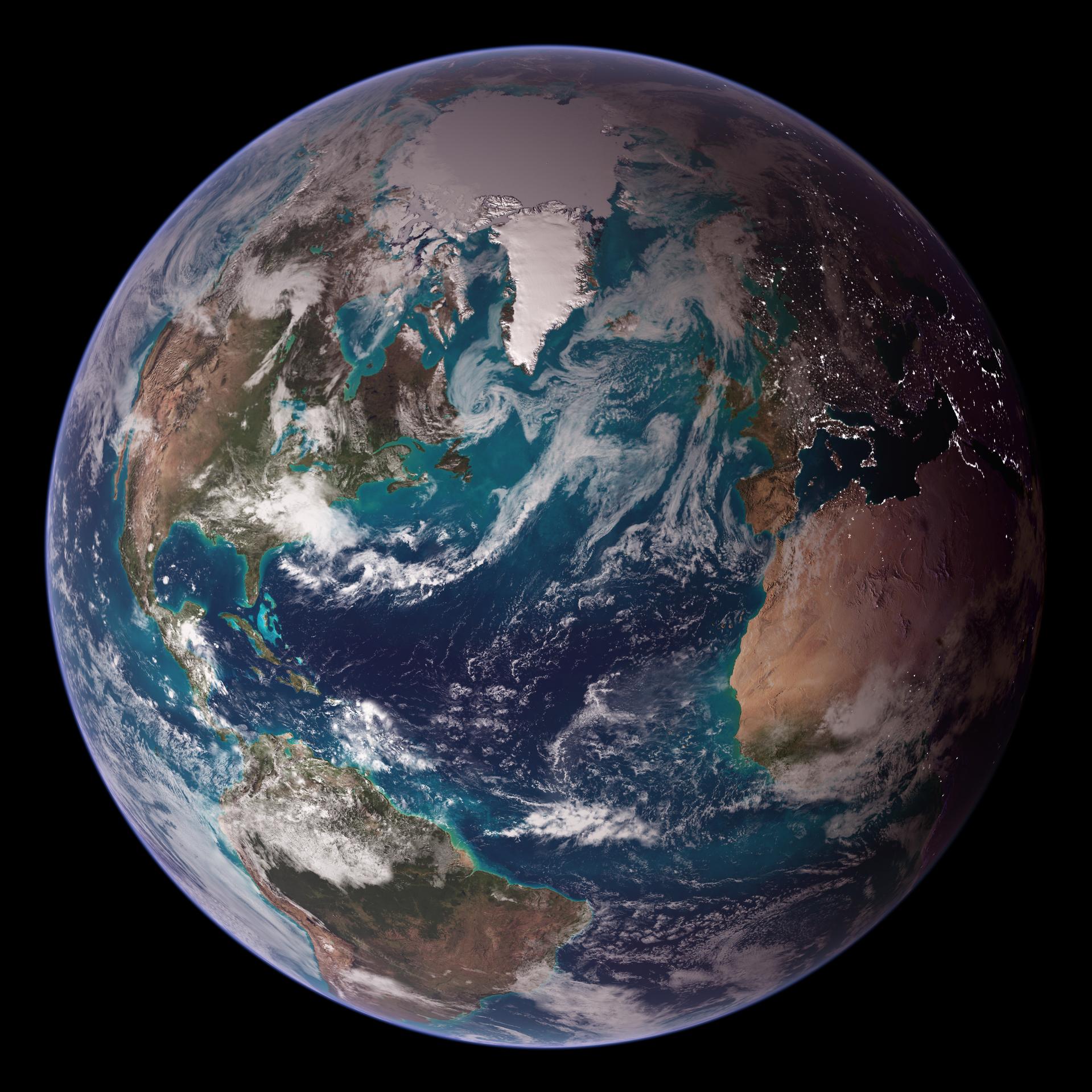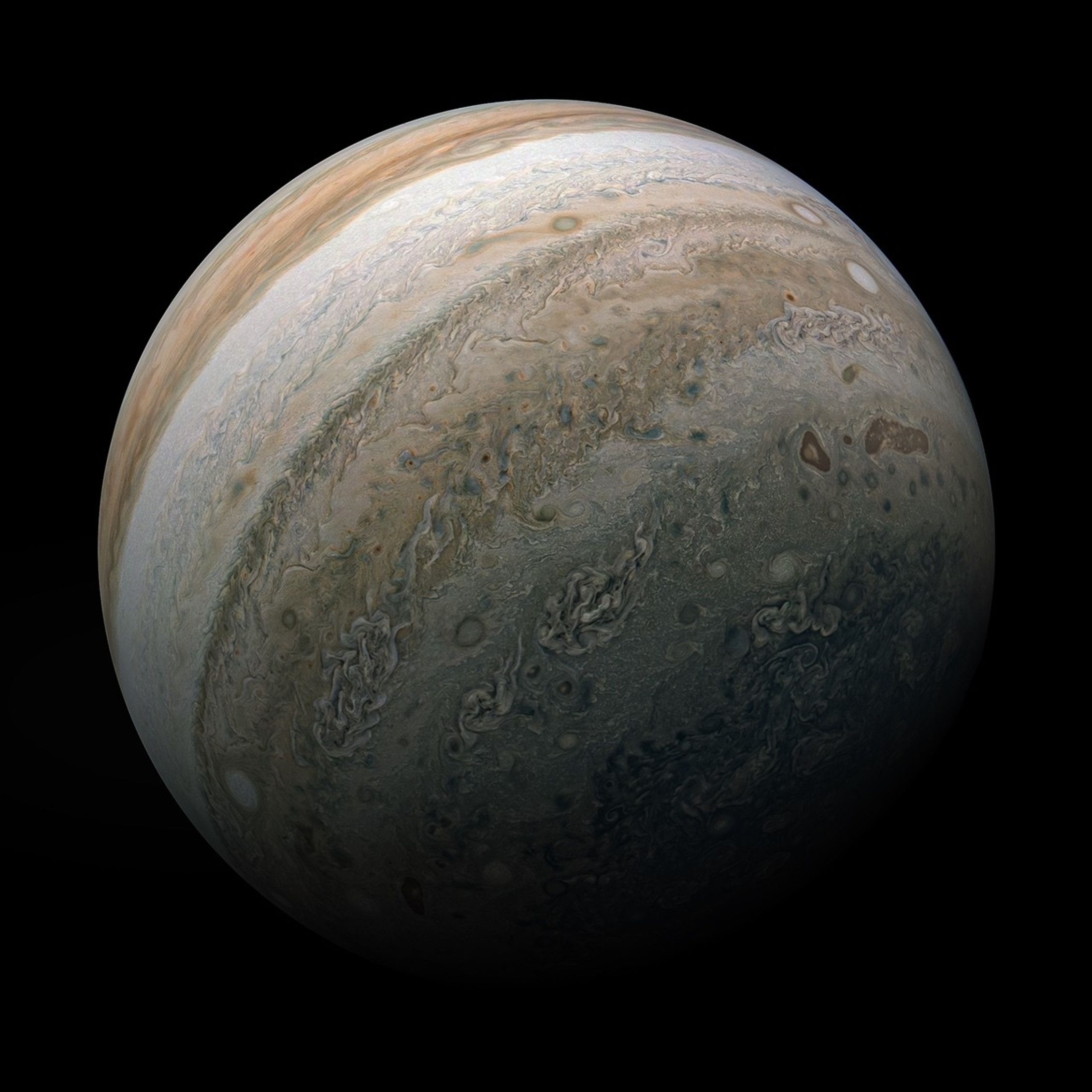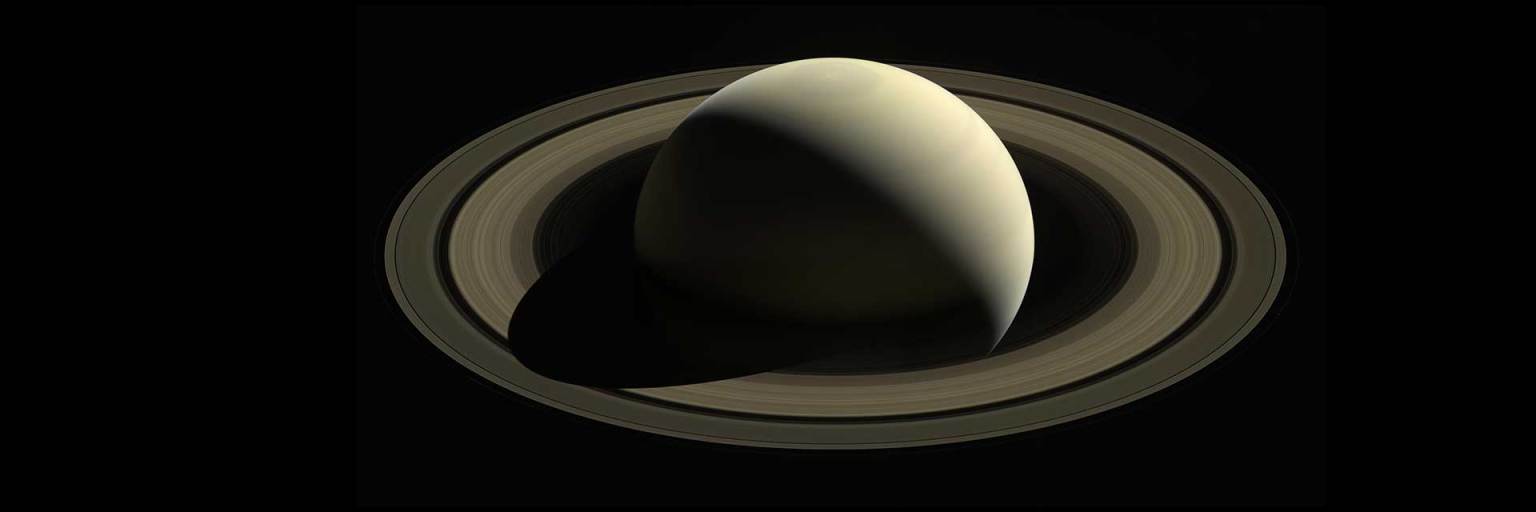
Venus
Venus is the second planet from the Sun, and the sixth largest planet. It’s the hottest planet in our solar system.
Facts About Venus
Venus is the second planet from the Sun, and the sixth largest planet. It’s the hottest planet in our solar system.
Venus is a cloud-swaddled planet and our nearest planetary neighbor. It has a surface hot enough to melt lead.

Exploring Venus
Dozens of spacecraft have launched to explore Venus, but not all have been successful.
NASA's Mariner 2 was the first spacecraft to visit any planet beyond Earth when it flew past Venus on Dec. 14, 1962. NASA is developing two new missions to Venus: VERITAS and DAVINCI.
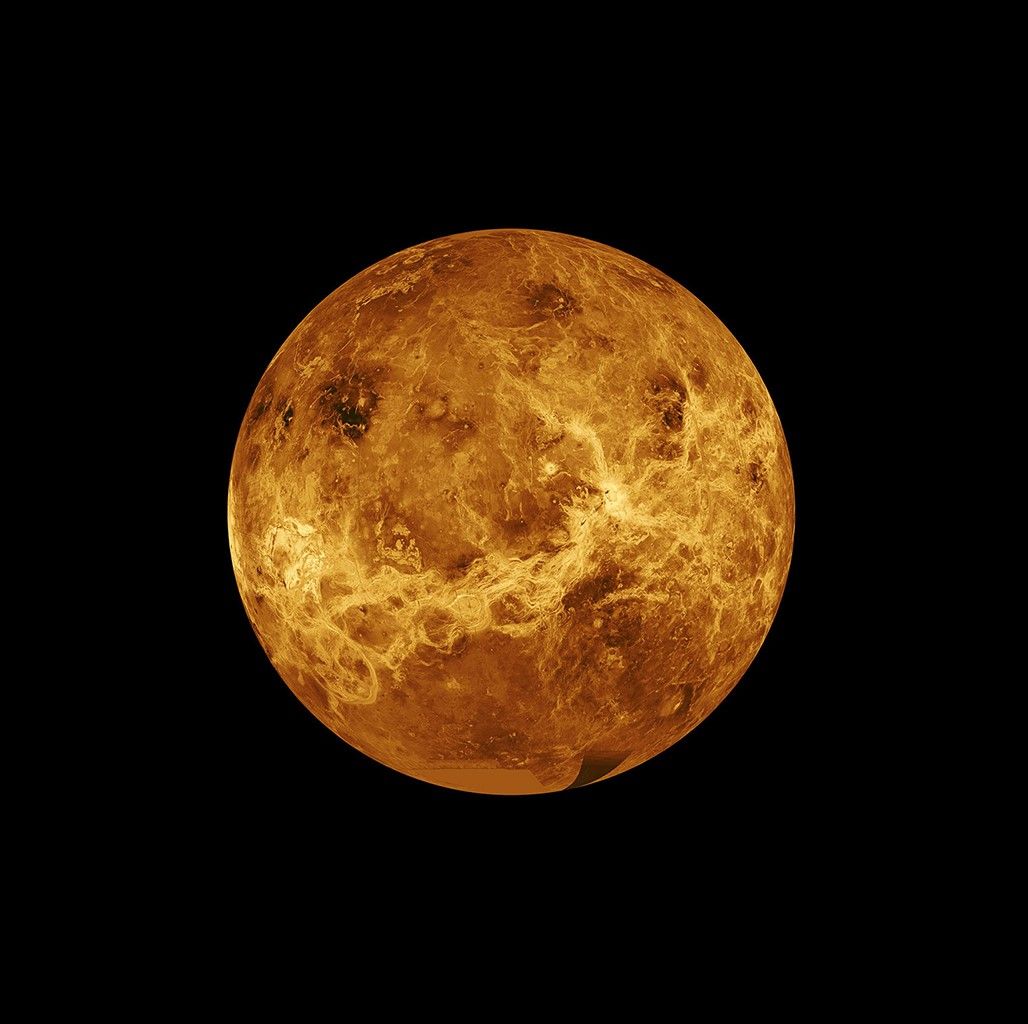
Venus Resources
Explore a curated collection of resources about Venus.
These resources include activities that can be done at home, as well as videos, animations, printable graphics, and podcasts.
